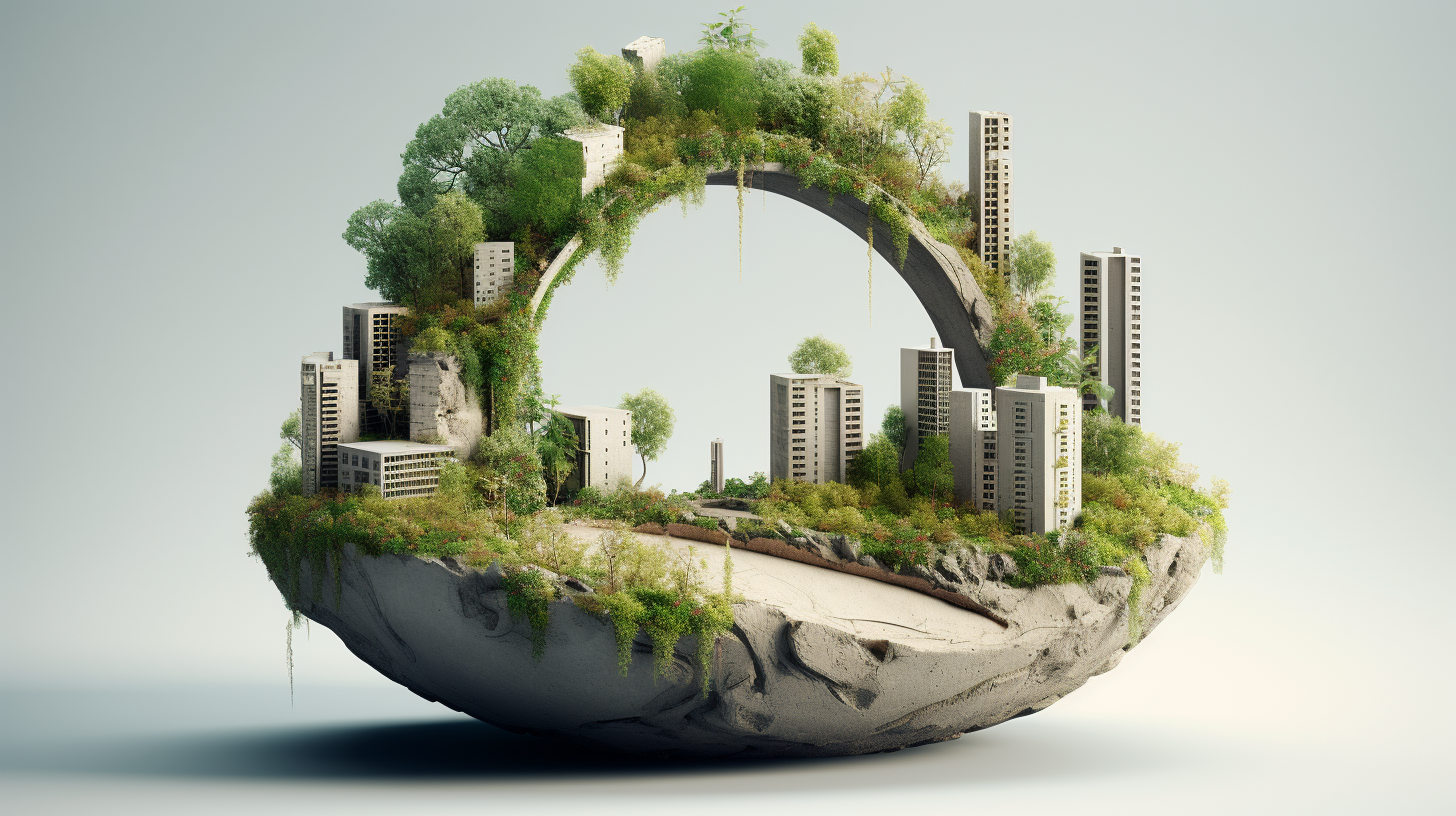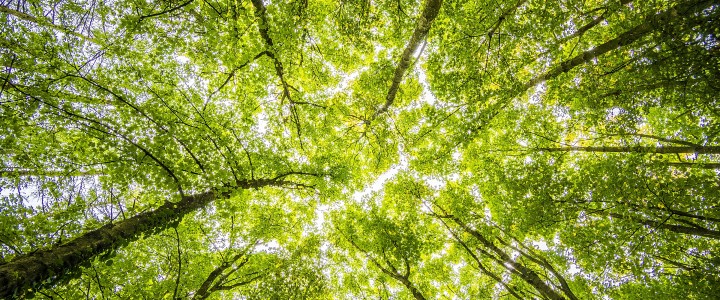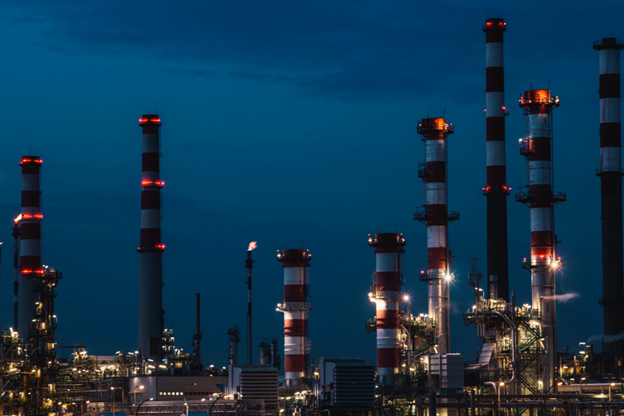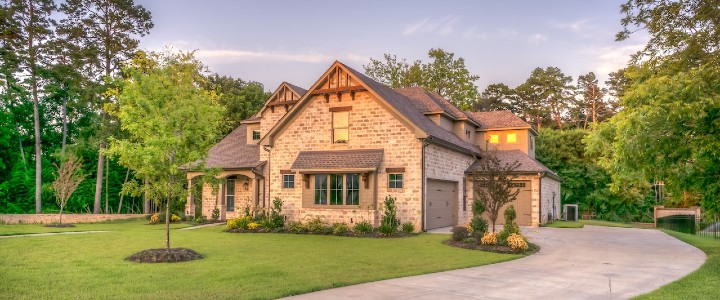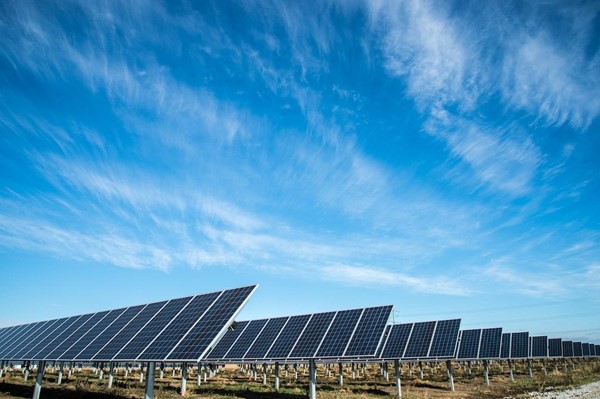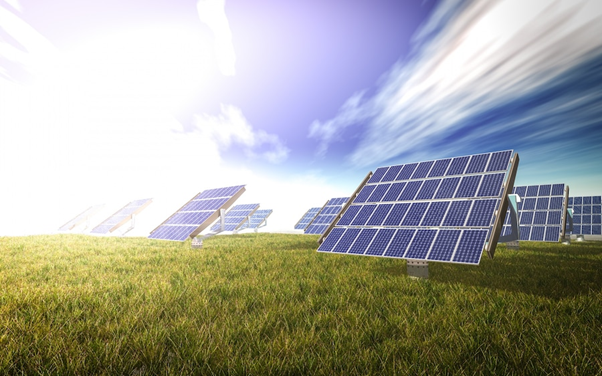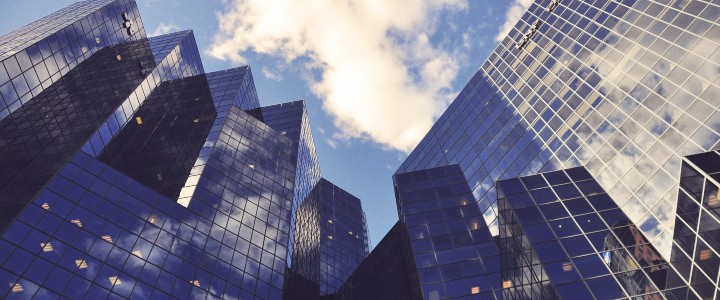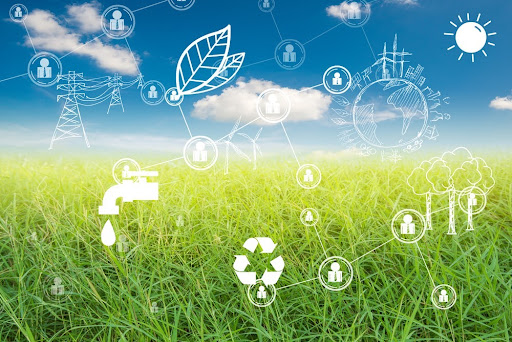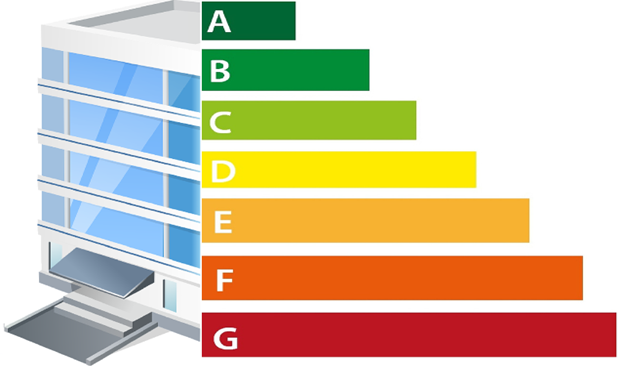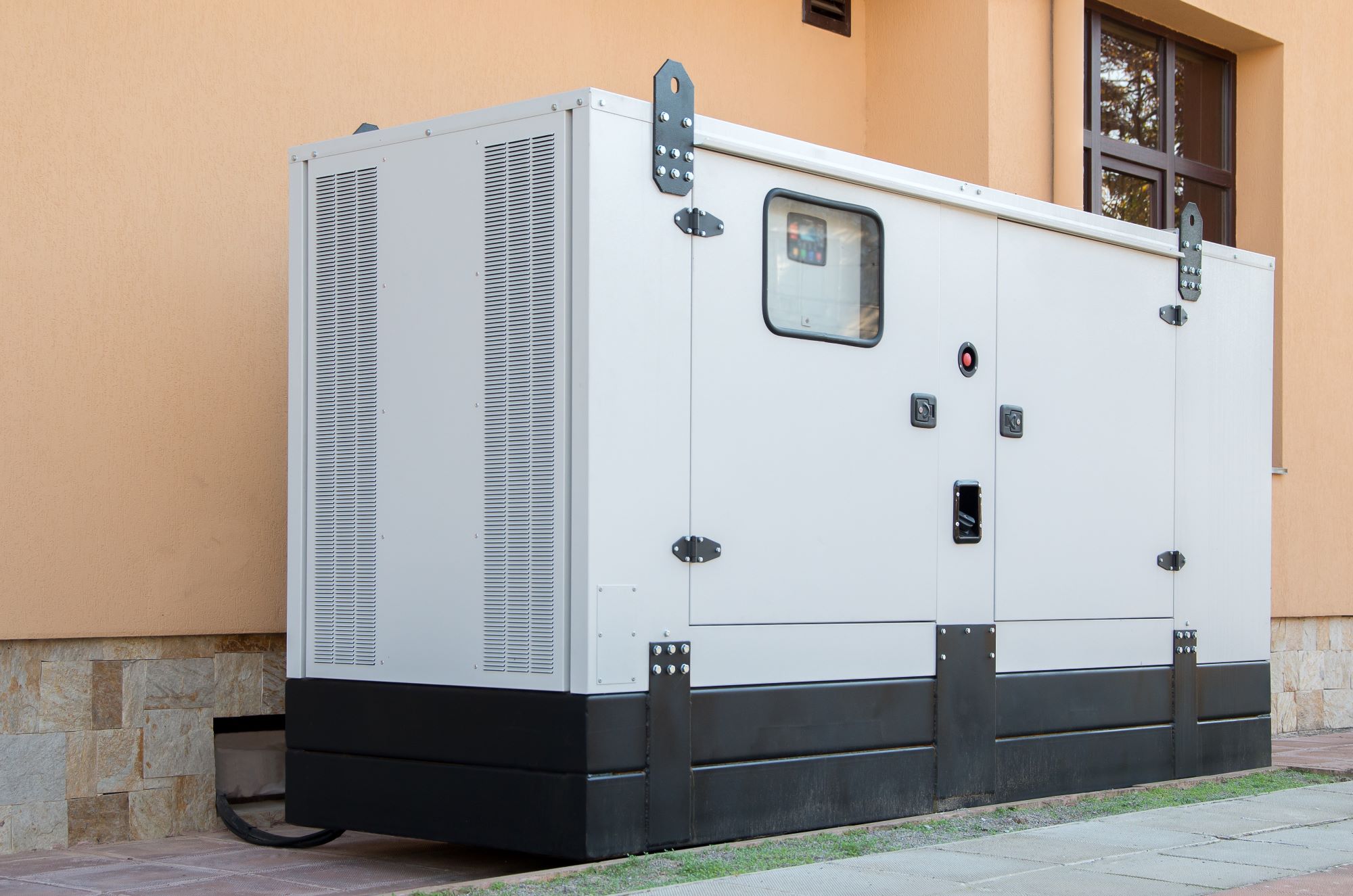Making Renewable Energy Affordable for All Income Levels

You often hear talk about solar energy and the expense that comes with it. But, you want to instill more energy efficient practices. After all, we only have this one planet.
Thanks to new developments, making renewable energy affordable for all income levels is possible. And, renewable energy resources, like solar and wind power, are more affordable than ever.
What Is Renewable Energy?
Renewable Energy encompasses naturally replenished energy which results in better and more efficient uses of the energy we consume.
By investing in renewable energy, we can open doors for financial and social benefits of energy efficiency. Two benefits include reductions in utility costs and increases in output and industry.
Energy-efficient buildings that have earned the ENERGY STAR label use an average of 35 percent less energy than those who haven’t. Using less energy means saving more money and wasting less of the planet’s valuable resources.
Not only is renewable energy more cost effective, but it’s also more readily available and part of a growing industry. There’s less risk of running out of fuel when you have a sun that shines and winds that blow all year. A government study found that renewable energy sources could power 80 percent of the United States’ electricity by 2050.
Income and Energy
Lower-income communities hold a high need for a cleaner, energy efficient environment. Not only would they save money, but they would improve the welfare and health of their community.
How To Make Renewable Energy Affordable
Solar power is the most affordable its ever been and not only are environmentalists investing in a green future but so are communities and corporations. When multiple individuals and organizations come together to offer affordable, energy-efficient housing, everyone benefits.
Here are three ways renewable energy can be more affordable.
1. Tax Credits: Providing tax credits to those who invest in and produce renewable energy sources would generate a willingness to transition to energy efficient resources like solar and wind power.
With the money saved by tax credits, developers and investors would see their investments paid off.
2. Federal Assistance Funds: Many governments assist lower-income communities and organizations with funds already. Now, they’re investing in renewable energy sources and energy efficient systems to bring lower energy costs and increased public welfare.
Examples of such programs include the Department of Health and Human Services’ Low Income Home Energy Assistance Program (LIHEAP) and the Department of Energy’s Weatherization Assistance Program (WAP). In addition to direct investment, they also assist through grants and development programs.
3. Community Solar: A community solar project, or solar garden, is a collection of solar panels whose energy is shared by multiple houses. The solar garden would power each home’s water, heat and electricity while the entire community would split the lower energy costs.
They can be implemented by a few or multiple individuals within a community. Community solar projects have benefited many lower-income communities in places like Denver, Colorado. Plus, they’re growing in popularity. It’s expected in America for 50 percent of the solar energy market to come from solar communities in the next few years. As we move forward, solar energy makes sense.
4. Declining Costs of Wind Power
Like the declining costs of solar power, the cost of wind power has decreased by 90 percent since the 1980s. With declining costs comes more incentive to invest, and communities have come together to build wind farms to power local businesses. By operating off the power of small wind farms, communities who suffer from high energy costs can work together for a better future.
A Bright Future
As bright as the sun, so too is the future for solar energy and wind power and their affordability among low-income communities. So, even if you think you can’t be more energy efficient, think again and do what you can to invest in renewable energy.
Bio
Emily Folk is a conservation and sustainability freelance writer and blogger from Lancaster, PA. Check out her blog, Conservation Folks, or follow her on Twitter for the latest updates!





